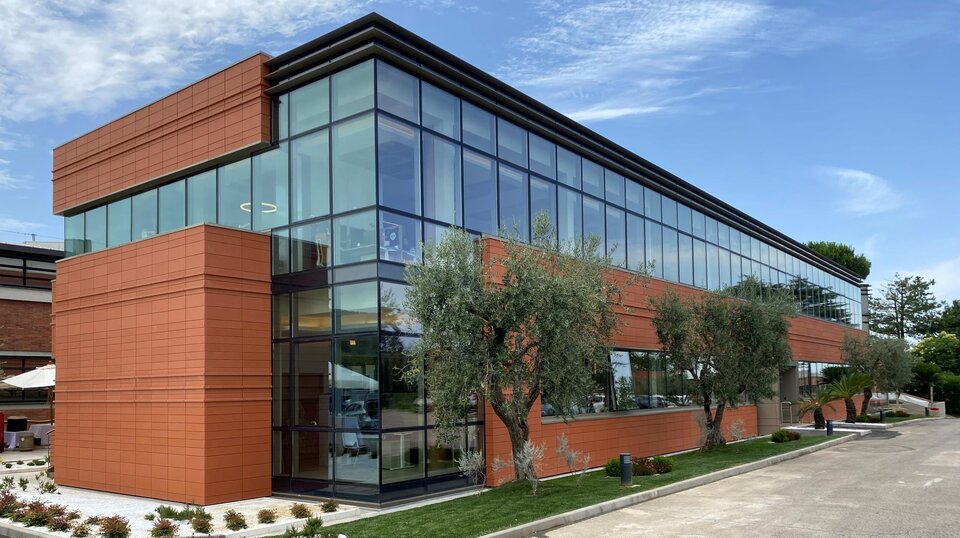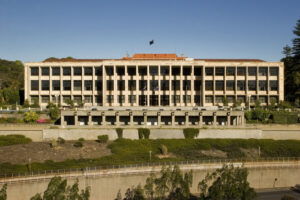
Two pivotal Launchers Exploitation Arrangements were signed today at the European Space Agency (ESA) Headquarters in Paris, marking a significant advancement in the operational future of the Ariane 6 and Vega-C launch systems. This development underscores Europe’s commitment to maintaining autonomous access to space.
Present at the signing were notable figures including ESA Director General Josef Aschbacher, Avio CEO Giulio Ranzo, Arianespace CEO David Cavaillolès, and ArianeGroup CEO Martin Sion. These agreements are the culmination of strategic decisions made by the ESA Council in 2023, with the formal revision of the Launchers Exploitation Declaration (LED) finalized on July 10, 2025, and the Guiana Space Centre Agreement signed on October 23, 2025.
Framework for Future Space Operations
The agreements signed today—one with Arianespace and ArianeGroup for Ariane 6, and another with Avio for Vega-C—clearly delineate the roles and responsibilities of each operator. ESA’s role in overseeing the implementation of these arrangements is also defined, ensuring a robust framework for cooperation. This initiative is crucial for sustaining Europe’s autonomous access to space, leveraging ESA-developed launchers at the Guiana Space Centre in French Guiana.
Josef Aschbacher emphasized the importance of these agreements, stating, “We now have two launch service operators at Europe’s Spaceport, each responsible for their launcher. This is just the start as the European launch services on offer are set to enlarge even more in the future with more actors and more choice, offering robust and diverse launch capabilities for Europe.”
Industry Leaders Voice Optimism
Giulio Ranzo expressed Avio’s enthusiasm for taking on expanded responsibilities, highlighting the company’s role since Vega’s inaugural flight in 2012. “Avio is excited to assume the additional responsibilities for selling and operating the Vega launch service after almost 14 years since its inaugural flight,” Ranzo remarked. He acknowledged ESA’s technical support and Arianespace’s success in establishing Vega in the market.
David Cavaillolès of Arianespace reiterated the company’s commitment to Europe’s space ambitions. “Today reaffirms Arianespace’s role in ensuring Europe’s autonomous access to space. Ariane 6 is the right heavy-lift solution for Europe, enabling us to deliver tailored launch services to our European customers and beyond,” he noted, emphasizing the ramp-up of Ariane 6 launches.
Martin Sion, CEO of ArianeGroup, highlighted the recent successes of Ariane 6, stating, “Europe’s heavy-launcher Ariane 6 is back and strong with 4 launch successes in 16 months. The Launcher Exploitation Arrangement is an important milestone to continue Europe’s autonomous access to space with Ariane 6.”
Strategic Implications and Future Prospects
The signing of these agreements is a strategic move to bolster Europe’s position in the global space industry. By securing autonomous access to space, Europe can better manage its satellite launches and space exploration missions, reducing dependency on non-European launch systems.
As the space industry continues to evolve, these agreements position Europe to expand its capabilities and services. The potential for increased competition and innovation in the European launch market could lead to more cost-effective and efficient launch solutions, benefiting both institutional and private customers.
Looking ahead, the successful implementation of these agreements will be crucial in maintaining Europe’s competitive edge in space exploration and satellite deployment. The continued investment in and development of the Ariane 6 and Vega-C launch systems will likely play a pivotal role in Europe’s space strategy for years to come.
By the Numbers: Ariane 6 has achieved 4 successful launches in 16 months, while Vega has been operational since 2012, marking a significant track record in European space endeavors.
As the agreements take effect, all eyes will be on how ESA and its partners navigate this new phase of space operations. The success of these arrangements could set a precedent for future collaborations and innovations in the space sector.





